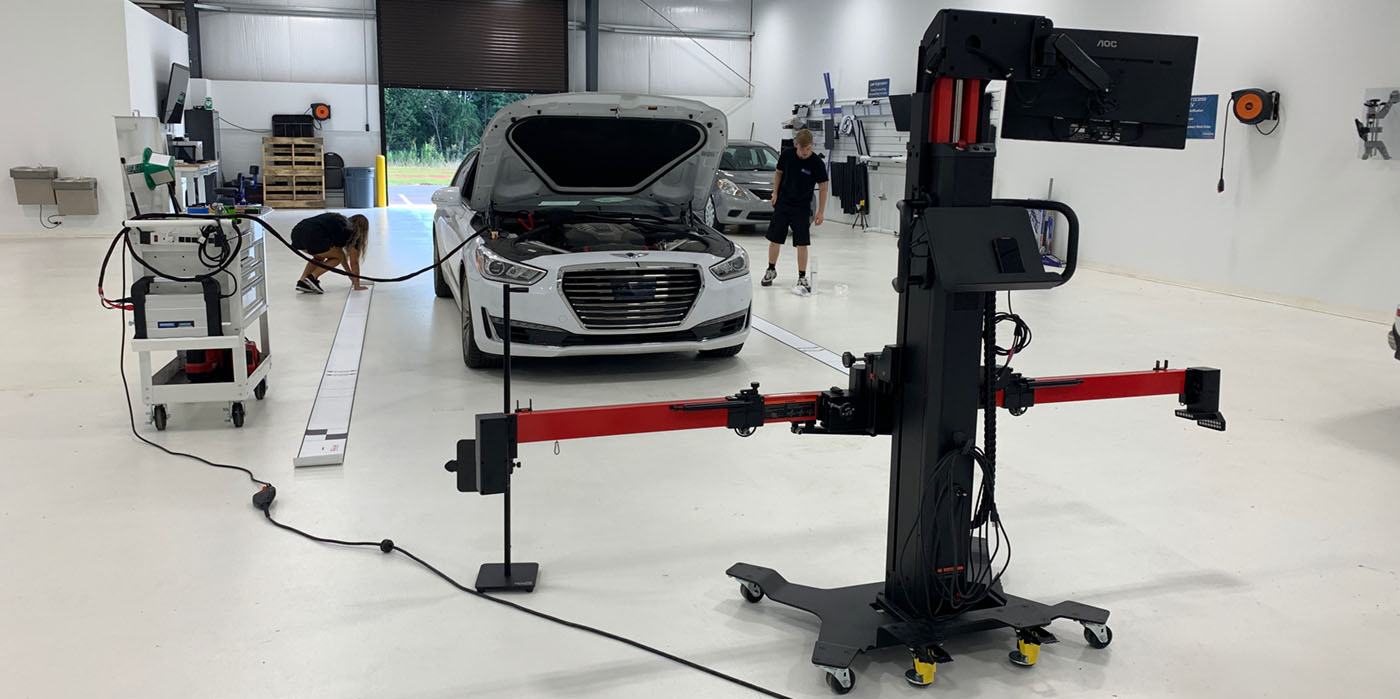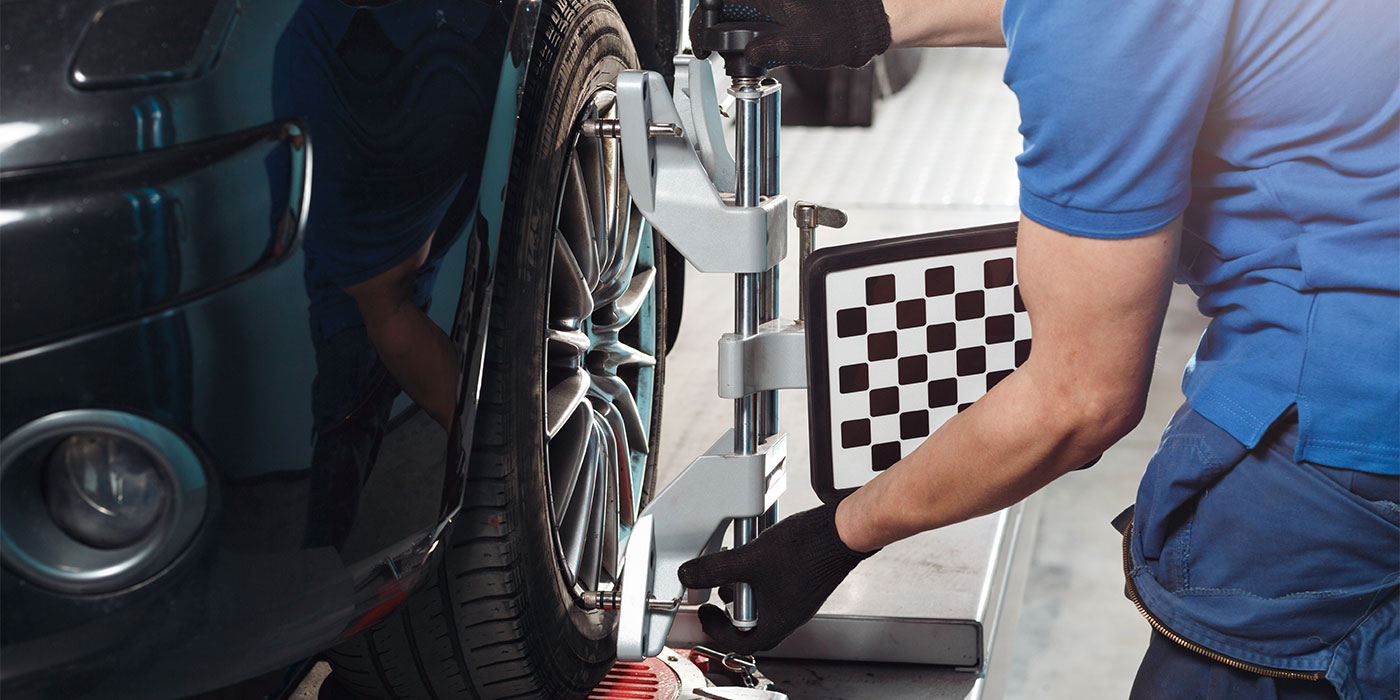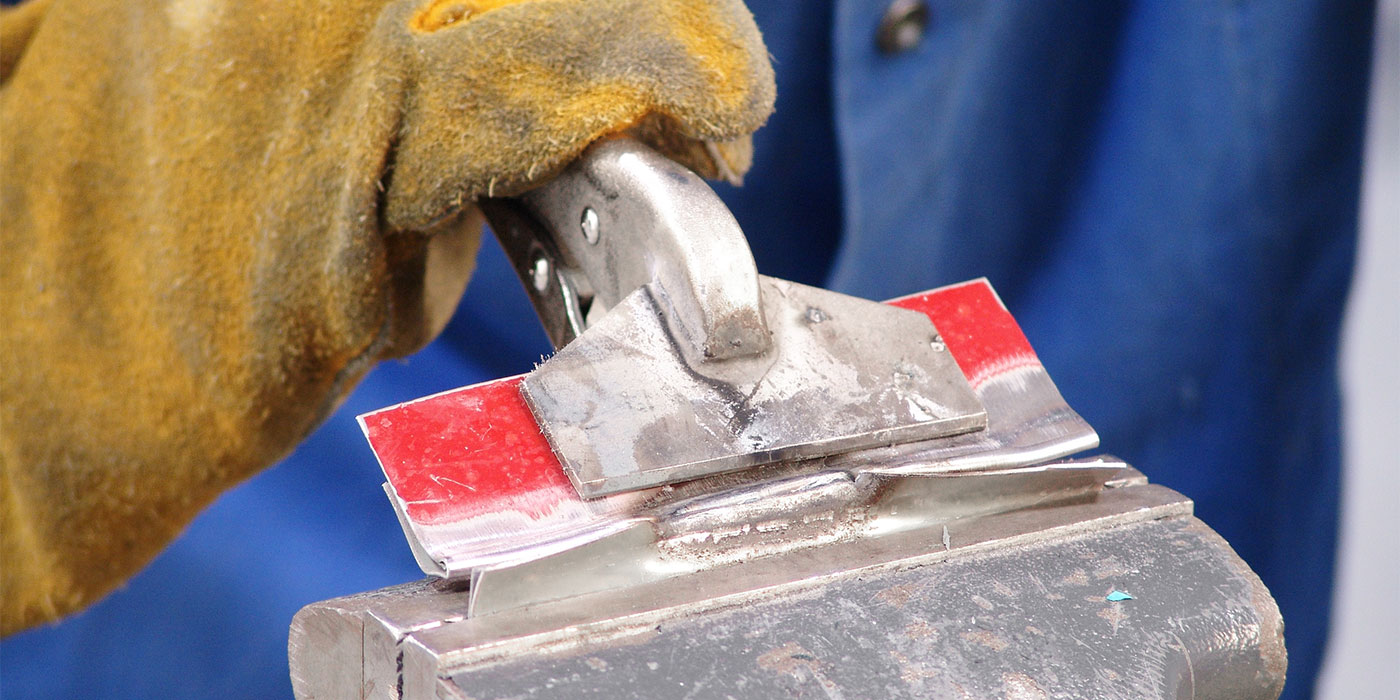 Like so many other things in our business, the rules and constraints on compressing air from atmospheric pressure (14.7 pounds per square inch) up to 175 PSI are governed by physics.
Like so many other things in our business, the rules and constraints on compressing air from atmospheric pressure (14.7 pounds per square inch) up to 175 PSI are governed by physics.
The math formulas to calculate petroleum solvent evaporation speed, metal bending force, the volume of air exhausted from a spraybooth cabin, spray gun pattern and atomization, and the effect of heat on clearcoats can all be explained by physics.
A Numbers Game
I wish I had paid more attention in physics class. Who knew that those arcane formulas would have so much to do with auto body repair?
The volume of air that a compressor can produce is a function of the bore of the cylinder(s) and the stroke of the piston(s) multiplied by the revolutions per minute of the pump. There are no differences in CFM volume calculations for the amount of displaced air; it’s straightforward multiplication for every brand. Air compressor pump design determines the amount of delivered air.
The manufacturer’s ultimate goal is the most efficient discharge of high pressure air with the least restrictions possible. The ratio of displaced to delivered air from any compressor pump is called the efficiency rating. Higher numbers are the mark of better physics.
Rule of Thumb
Sometimes you can capture whichever physics laws are in play with a “rule-of-thumb (ROT),” or a simple way to remember the issue. Here are two ROTs about air compressors: for every one (1) horsepower in the electric motor that drives the pump, the compressor will produce about four (4) cubic feet of air. By that quick math, a 5-hp compressor has about 20 CFM of compressed air, and a 15-hp electric motor will generate about 60 CFM. But remember, it doesn’t really matter what it says on any electric motor about horsepower. What matters is how much air the pump delivers at a sustainable RPM. As air pressure goes up, air volume goes down. At 40 PSI, the pump will produce a greater volume of air than at 80 PSI.
Let me illustrate my second air compressor ROT with a story about the really hot and humid summer of 1977 in Iowa.
I had customers chasing heat-related paint problems every day. The GM shops, using acrylic lacquer, were watching their paint work turn white and their primers solvent pop and every metallic color come up too light. The Ford and Chrysler shops couldn’t keep their acrylic enamel repairs wet enough, and everyone was fighting water blisters. Water blew out of many shop air hoses like they were faucets. It was certainly too hot to paint cars, but maintaining steady production output was important even back in those stone-age days of yore. Painting everything at night worked for some shops, but the warm summer nights and brightly lit paint booths often put a lot of flying insects in the paint work.
Playing Detective
Of all my customers, I had one shop that consistently had the fewest paint problems. I decided to be Sherlock Holmes and discover why this shop was having more success than others.
I first noticed that things were different in the compressor room. Most of my customers had their compressors stashed away in a dusty corner of the shop in a tiny room, often with insulation on the walls to keep the noise down – a toasty-hot environment. This guy had the same little room but had fastened 4-by-8 plywood panels on a top-edge hinge to swing up, exposing three sides of screened, porch-sized windows to the outside. He had a homemade wooden box fan with big aluminum blades and an open belt electric motor blowing full tilt at the compressor pumps, where he had also removed the belt guards to facilitate the flywheels acting as fans too. *“Don’t take the belt guard off giant whirling metal pulleys,” said the three-fingered tech to the four-fingered tech.
More physics: water takes three forms, depending on temperature: solid, liquid or gas. Hot air holds more moisture than cooler air. The second ROT is the 20-Degree Rule: for every 20 degrees Fahrenheit you lower the compressed air temperature, one-half the moisture will cool and condense immediately to liquid. Trapping liquid water out of compressed air is easy; any impact type trap will catch 90 percent or more of the moisture that’s liquid. It traps none of the moisture that’s still heated vapor, leaving that water to condense down the line. When it’s sprayed on the hot metal by the cooling spray gun, it gets trapped inside your color coats.
This shop owner was doing everything he could to lower his compressors’ operating temperature. And every degree he could cool that 190-degree Fahrenheit air down made it that much easier to catch the water before it ruined the paint work.
They were draining the moisture traps multiple times each day at the end of every overhead airline run. On some of the hottest afternoons, they were bleeding the traps every hour. Never one to miss a sales opportunity, I sold them a shop full of floating-bowl automatic traps that flushed themselves.
Read the Spec Sheets
My advice is to read the spec sheets. Ask the vendors why one model has a higher, lower, more desirable number than the competitor’s version. Most of those objective product calculations and specifications are just the math of physics.
Mark R. Clark is the owner of Professional PBE Systems in Waterloo, Iowa; he is a well-known industry speaker and consultant. He is celebrating his 25th year as a contributing editor to BodyShop Business.













